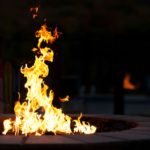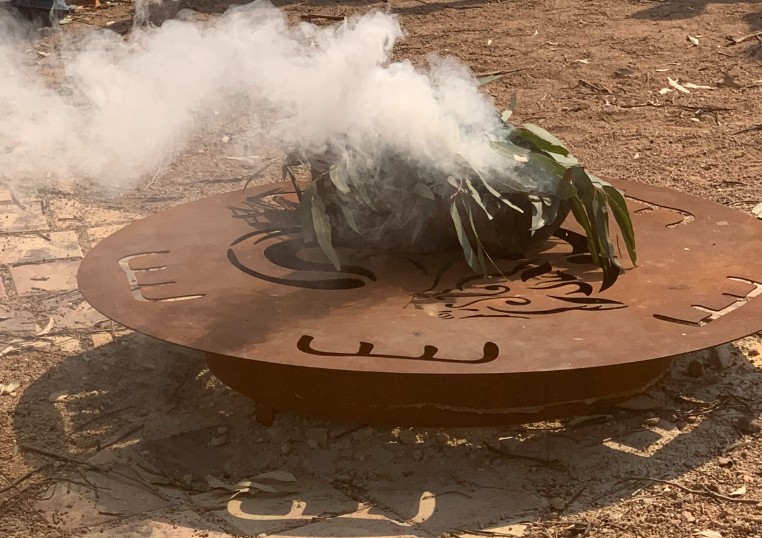 FIRE PITS
FIRE PITS
With the weather turning chilly if not downright cold, the warmth of a firepit beckons bright.
A firepit is a welcome addition to a garden and it can be portable or permanent.
Fire pits are popular as they can be used year round, in hot and cold weather, as a gathering space.
If you are considering adding a fire pit to your backyard, there are several things that need to be considered including location, budget, fuel type, and most importantly, safety.
Regulation
Each local council area has differing laws but state fire authorities are a good place to start.
The building codes vary depending on where you’re building the structure and whether you’re opting for an indoor or outdoor fireplace.
Location
Fire pits need to be placed away from the house and the neighbour’s yard.
It is important to ensure there are no overhanging branches above the firepit. It also needs to be a safe distance from powerlines or other utility lines (TV, internet and such).
There shouldn’t be flammable material or structures near to where the firepit will be positioned.
Rule of thumb- keep a 2m clearance all around the fire.
Check the wind pattern around your home so you know the likely direction of winds.
Style
Fire pits can be just that- a pit for lighting fire!
They can be portable so you can put them away in summer. Or they can be a permanent fixture that forms a part of the alfresco.
This version offers a plethora of choices both in terms of styling as well as material selection. This allows for an opportunity to have a focal point for your outdoor space.
Fuel type
Would the firepit use coal, wood or gas? It could also use LPG. Make sure that the right fuel type is used for the specific firepit.
Wood of course is the traditional material. There’s something primal about cutting firewood and the crackle of burning wood.
The heat produced by burning wood is the highest amongst the various fuel-types. But is does take some time to light up and produce a concentrated heat. Then there’s also the element of smoke that isn’t very pleasant.
Gas-lit fires have a lot more restrictions regarding ventilation and installation. It will need a licenced plumber to do the installation.
Material
Robust, heat-tolerant materials naturally! Ranging from cast-iron, steel, to brick, concrete, and stone, the variety available to buy off-the shelf is huge.
Custom designed ones are just as desirable if not more. Fire-pits made of stone/masonry retain heat longer because of their thermal mass.
The surface on which to place the firepit obviously needs to be fire-resistant such as brick, tiled paving, stone, gravel or concrete.
Precautions
It is also important to know how to properly extinguish your fire as well as how to safely dispose of ashes.
Design
Of course there must be provision of seating to encourage the use of the firepit. The design of the space around the firepit and of the fire-pit itself can be the lynch-pin of the garden design.

